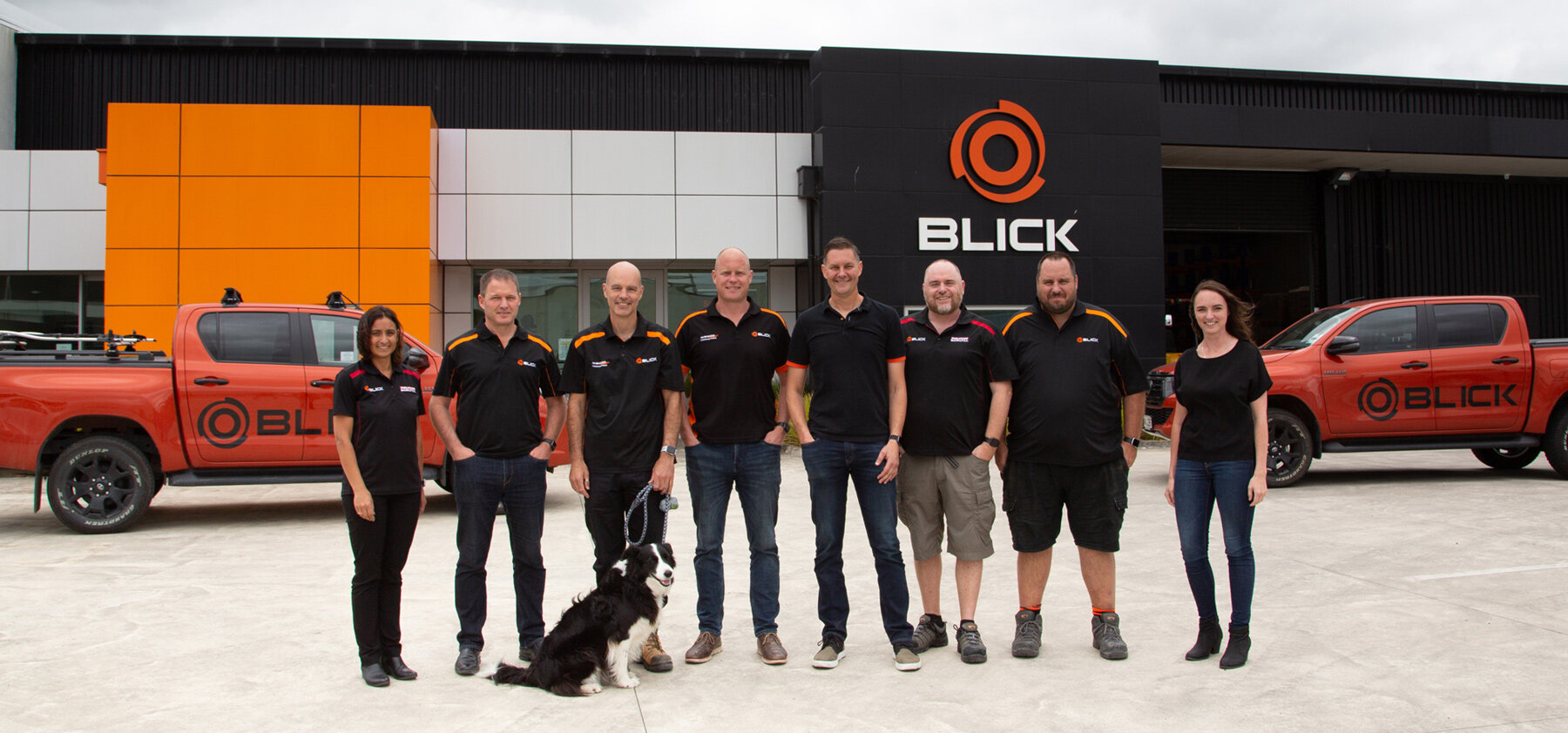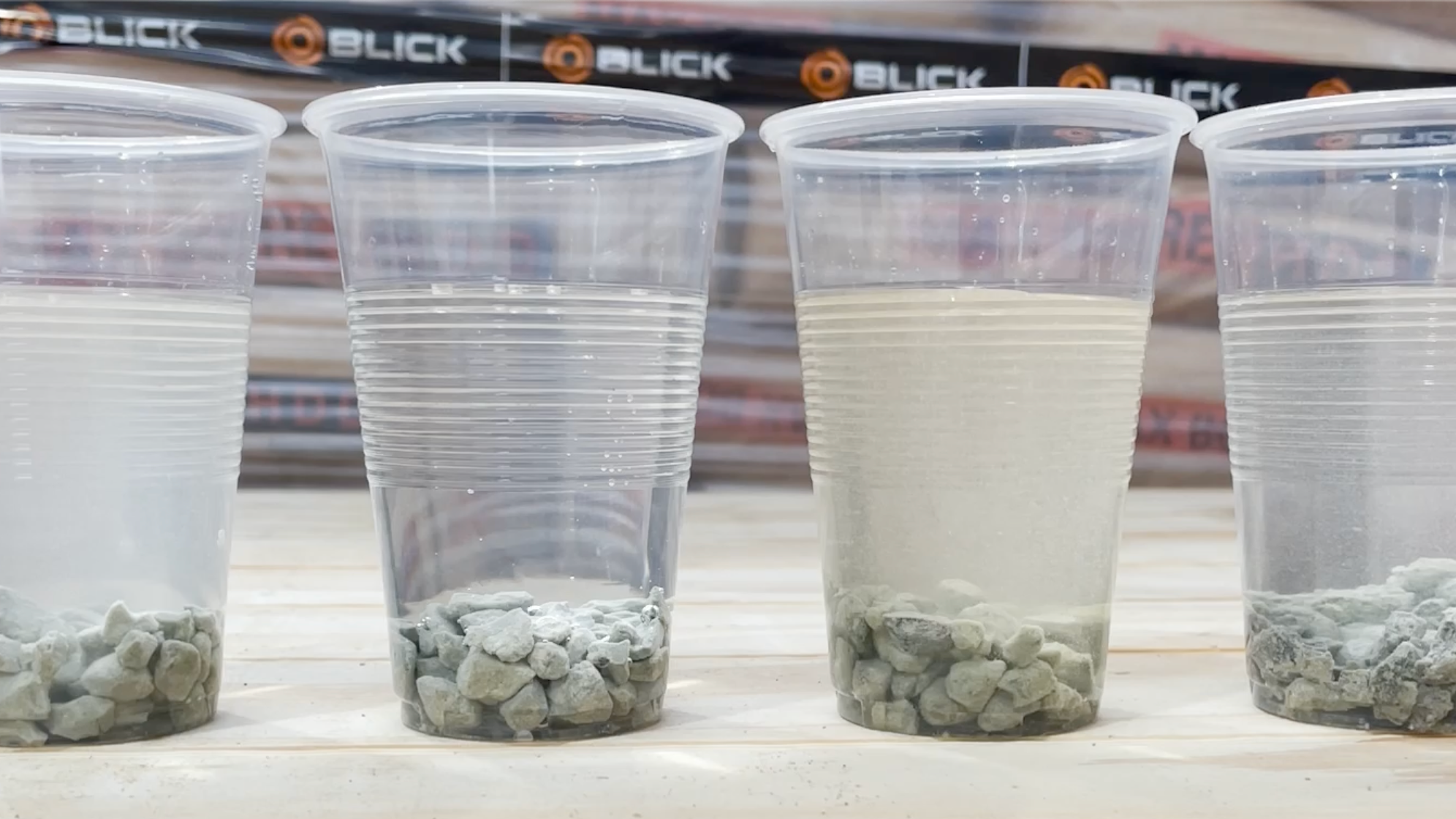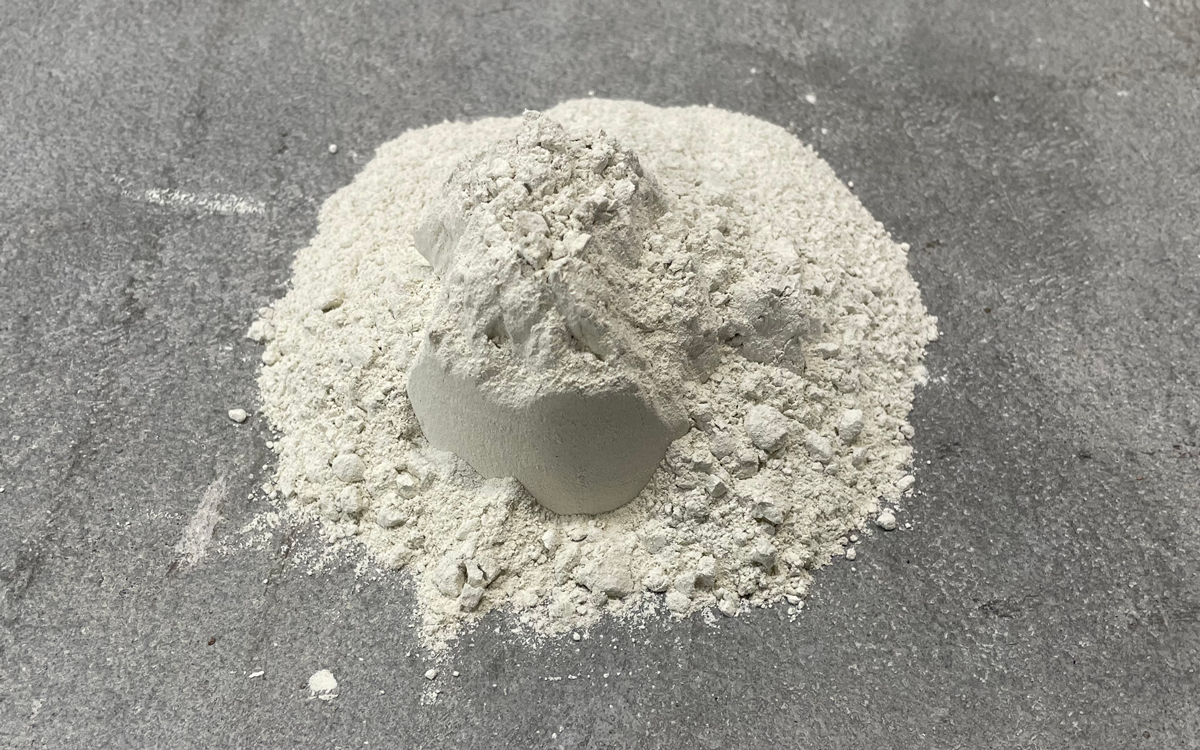Blog posts, news and case studies
Keep up to date with the latest Blick news, products and projects.
Part 3: Combating clays in the field
Following on from Clay and Luke’s previous blogs, Omer will look at clay samples out of the ground, and how to design a system to combat clays while optimising your drilling operations.
Part 2: Drilling in a clay formation? Do we Encapsulate, Disperse or Inhibit?
Drilling in clay formations can be challenging. Tooling choice and methodology are important contributors to the successful drilling of clays. Equally important and our focus here is looking into some of the drilling fluid chemicals that can help with this formation type.
Part 1: Formation analysis improves drilling fluid design
Critical trenchless installations require a fluid system that is optimised to the ground conditions that will be encountered. At Blick, customers send us geotechnical reports, samples of formations or even photos to allow us to understand their conditions. Using this information we will design a fluid system to maximise their success.
What is bentonite clay?
Bentonite is a very reactive clay that shrinks or swells markedly in response to the removal or addition of water.
Bentonite consists mainly of smectite minerals (swelling or expandable clay), commonly formed by the decomposition of volcanic ash or sometimes from other igneous or sedimentary rocks.

Meet the team behind Australasia’s leading drilling tools, products and supplies company




